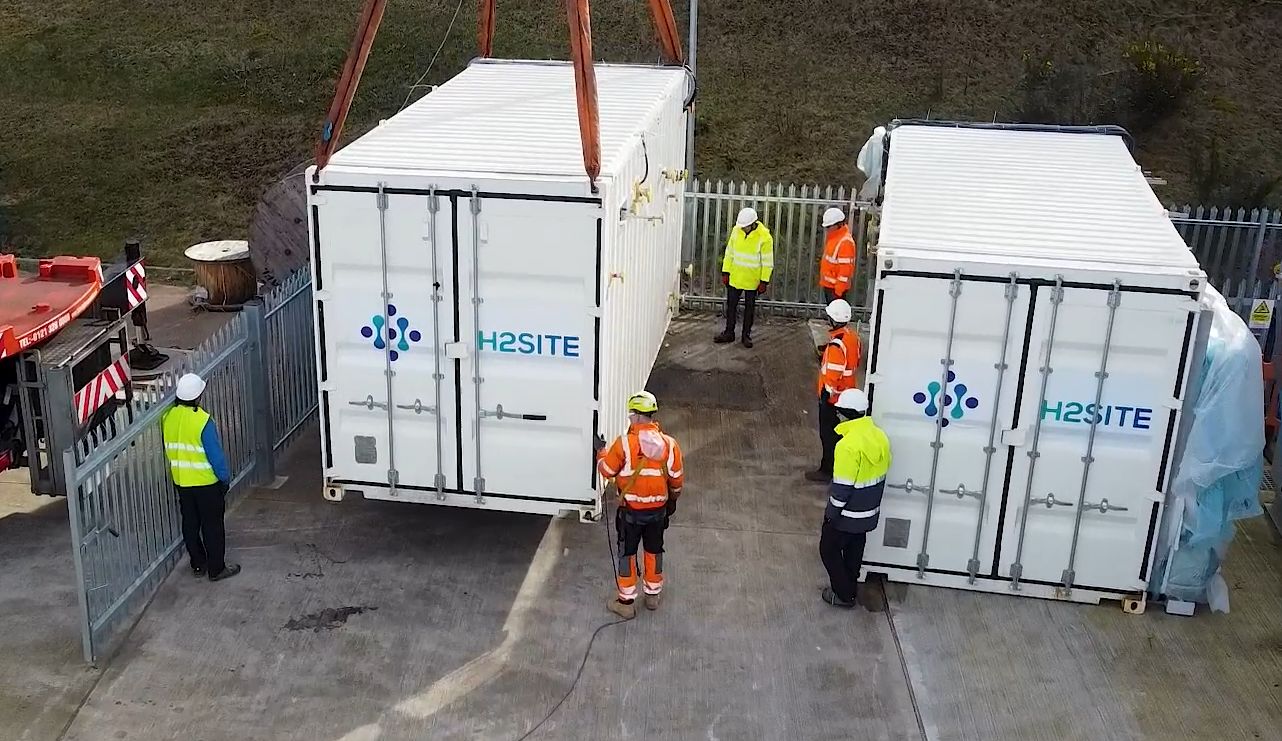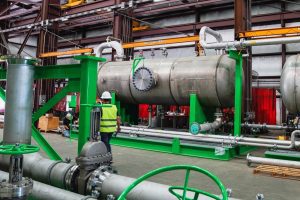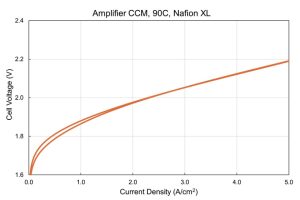The system designed and assembled by H2SITE will produce 200 kg of hydrogen per day. The hydrogen produced will be ready for mobility applications in the Birmingham area.
H2SITE’s ammonia cracking and separation technology consists of the integration of hydrogen-selective membranes immersed in a catalytic bed where ammonia is cracked into its constituent products. As the reaction produces hydrogen, the technology separates the hydrogen in-situ through these membranes, eliminating the need for downstream separation units. The selective separation of hydrogen in H2SITE’s membrane reactors results in virtually complete ammonia conversions at mild temperatures, with over 98% hydrogen recovery, always meeting fuel cell-grade standards.
“This project is a steppingstone for us, as it validates the technology of the membrane reactor for ammonia cracking. We plan to scale it up to process tons per day within the next two years for use in import hubs and maritime applications,” said Jose Medrano, Technical Director at H2SITE.
In collaboration with partners such as the Tyseley Energy Park (TEP), Department for Energy Security and Net Zero (DESNZ), Gemserv (Talan), EQUANS, Yara International, and the University of Birmingham, the Ammogen project aims to promote the international hydrogen trade.






